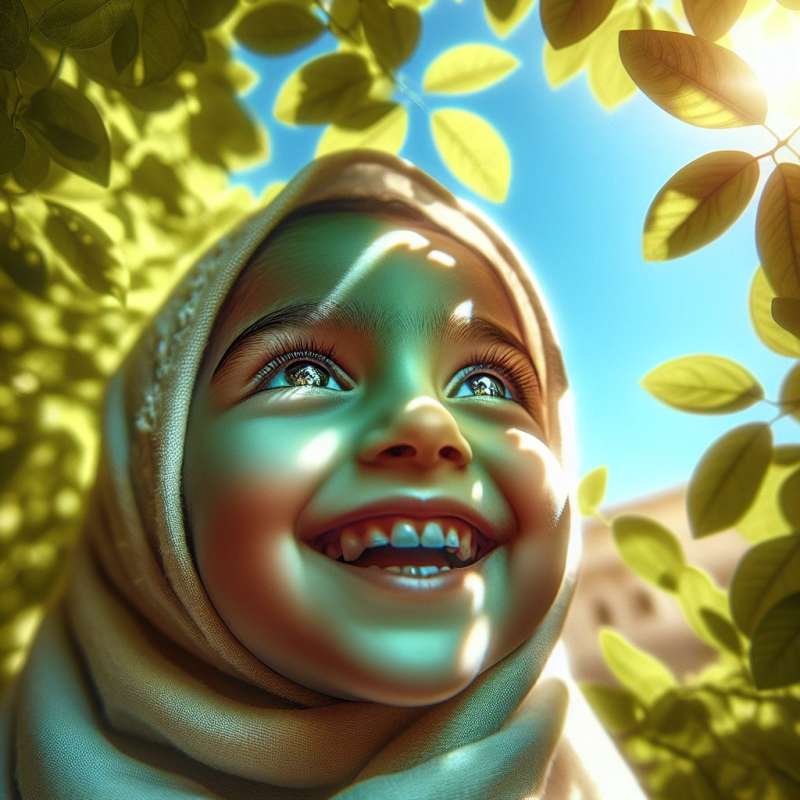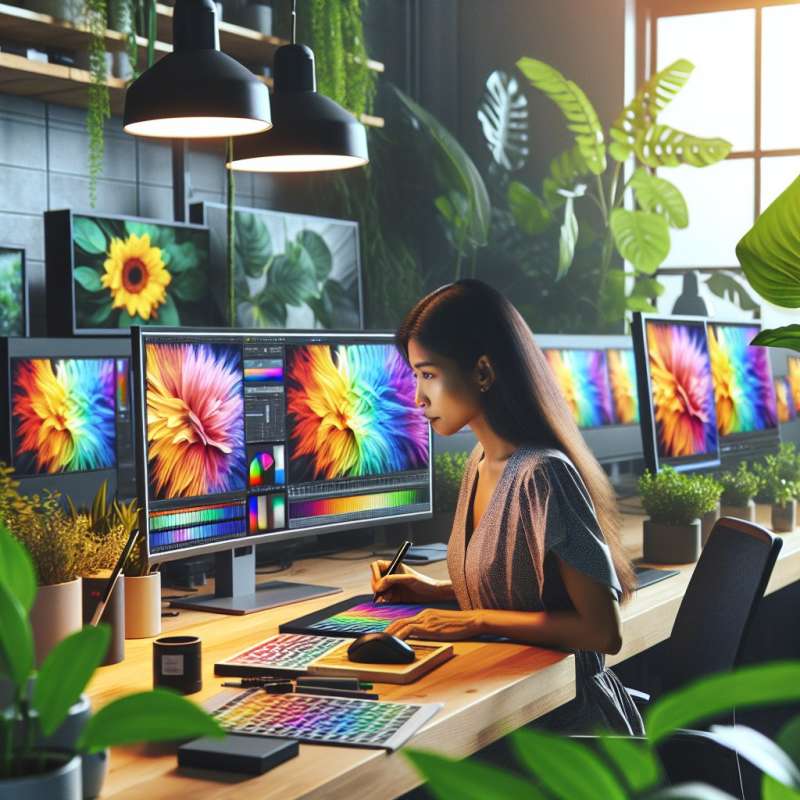
Understanding Rec709 Standard
Rec709 is an HDTV standard defining a display's chromaticity, white point, and gamma. It's crucial for colorists to ensure that BMPCC footage aligns with this standard for consistent color reproduction across various HDTV devices.
BMPCC Dynamic Range
Blackmagic Pocket Cinema Cameras possess wide dynamic range, capturing more detail in highlights and shadows. When grading for Rec709, it's vital to compress this range to match the standard's more limited scope.
Log to Rec709 Conversion
Grading BMPCC footage typically starts with a Log to Rec709 LUT. This Look-Up Table applies a baseline conversion, transforming flat, desaturated log images into the contrasty, vibrant Rec709 color space.
Primary Color Correction
After applying a LUT, primary color correction adjusts overall image tonality. Balance the blacks, midtones, and highlights to ensure a natural look, staying within Rec709 luminance values to avoid clipping.
Secondary Color Enhancement
Secondary color grading targets specific colors or areas. Use power windows or qualifiers in your grading software to isolate skin tones or sky, enhancing or correcting these elements without affecting the whole image.
Creative Look and Feel
Grading isn't just technical; it's also artistic. After technical corrections, apply creative grading to convey the desired mood or time of day. Use subtle saturation, tint adjustments, and contrast tweaks.
Grading for Different Displays
Different displays interpret Rec709 differently. It's important to view your grade on several screens to ensure consistency. Calibration tools are essential for accurate monitoring and final color grading output.
What does Rec709 standard define?
Camera sensor sensitivity
Chromaticity, white point, gamma
Audio output levels
Company